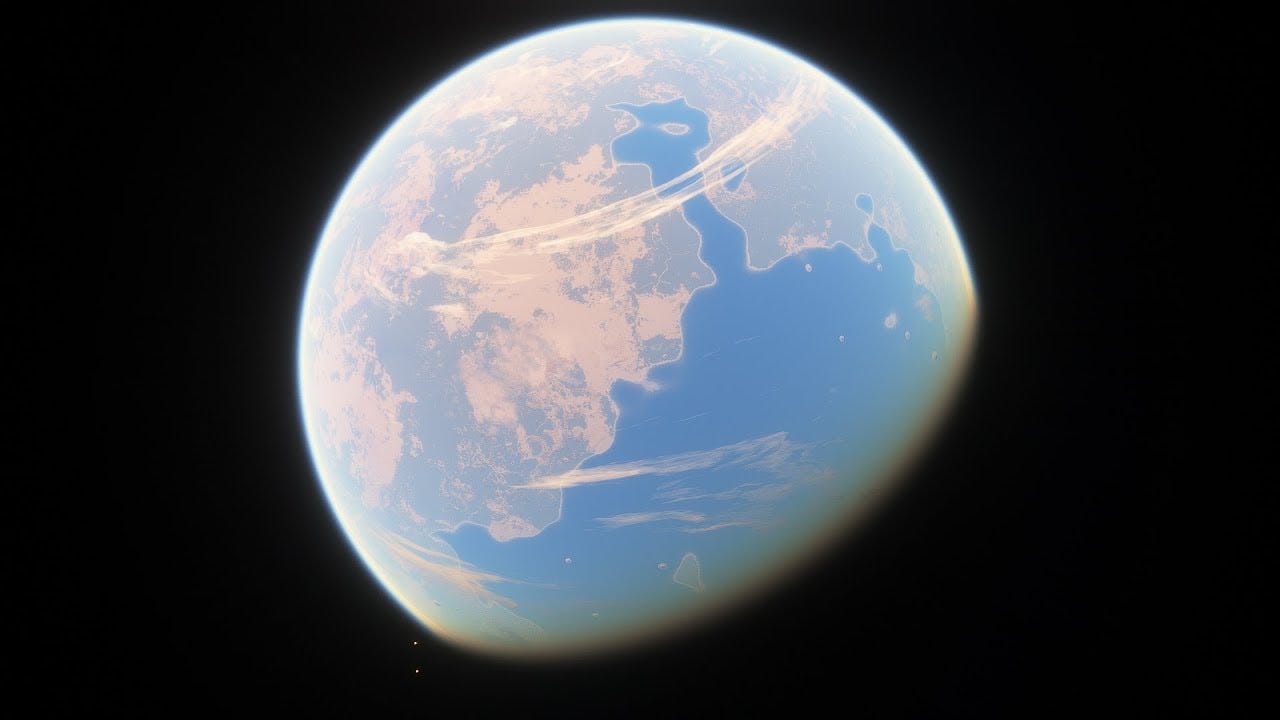Habitable Worlds Part 1: Where do we look?
What might be the main factors in the genesis of life, and how does this influence our search for alien life?
So far, humanity only knows of one singular location in the whole universe where life exists. And that location is Earth. People have long wondered if in the plethoras of other worlds gliding around in the universe, other life forms too exist. When we gained the technological capability to look out into the stars, one of our main goals was to locate other beings. What have we found, what have we learned about the genesis of life on other worlds, and how will we look for these worlds?
On Earth, the three key ingredients for life to develop were/are water, organic compounds, and energy. Life on our planet probably began when a combination of organic compounds came together near geothermal vents in water, which supplied energy for these compounds to begin to duplicate. Because of this, when we look into the cosmos for other lively worlds, we look for ones with conditions similar to that of Earth’s. That is, liquid water, organic compounds, and energy in some form, be it geothermal, solar, etc. Thankfully, countless planets fill out these requirements. For example, the closest system next to us, Proxima Centauri might have one of these worlds.
Unfortunately, it’s not as simple as finding a planet with water, organics, and a source of energy. Other factors have a say in whether a world is habitable or not. For example, it doesn’t matter if a planet or moon has oceans of water rich with carbon and geothermal activity if the star it orbits has a short and explosive life. This further narrows our search to less massive stars, as heavier stars are very active and only live a few million years, far too short a time for life to develop. This means any stars around the sun’s size or smaller could work. We encounter another issue though, for if the star is too small like in the case of red dwarfs, the habitable zone of a star might also be a tidally locked region, i.e. any planets orbiting here will have only one side facing the star and the other permanently facing away. This narrows regions where life can exist to small belts of twilight, but this region is far too small to be counted upon in many cases. Finally, with our order of elimination, we end up with stars anywhere from our sun’s size to about half its size. The stars that fit this ideal the best(long lifespans, large and far habitable zone, not too active) are K-type stars. (click the link to view my earlier blog on K-type stars). Do we have any examples of good K-type systems? We’ll see next time.
Thanks for reading! If you have any comments or questions please write them in the comment section, as it helps me with figuring out how to improve my future blogs.


